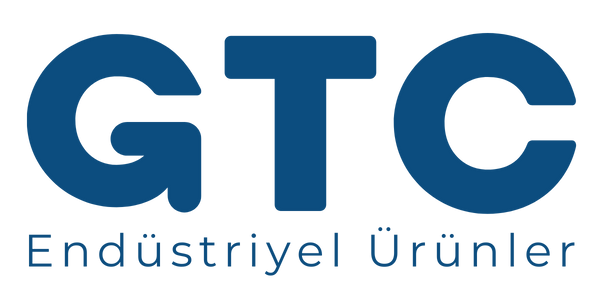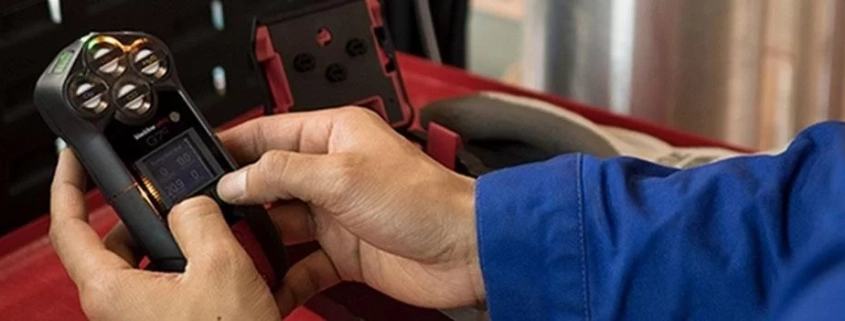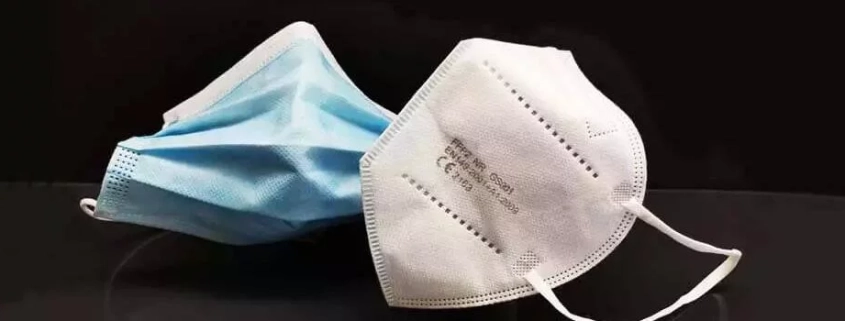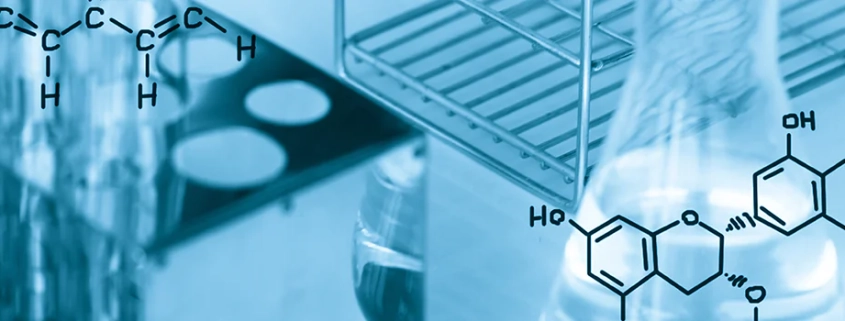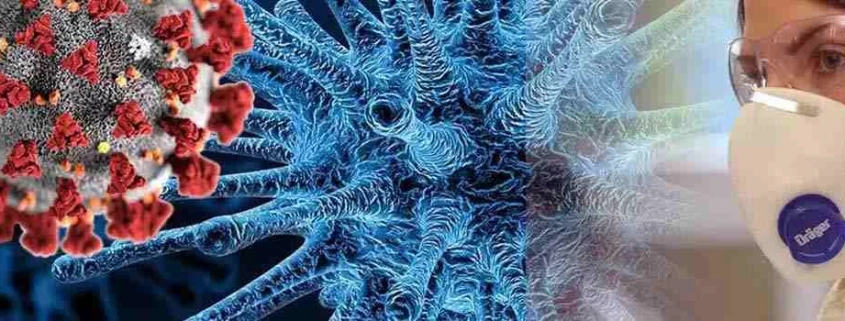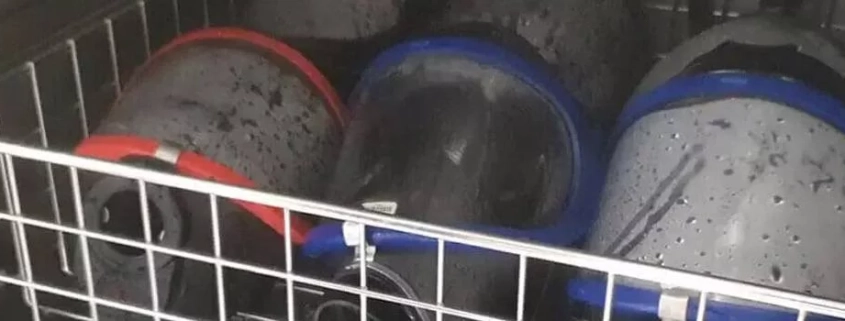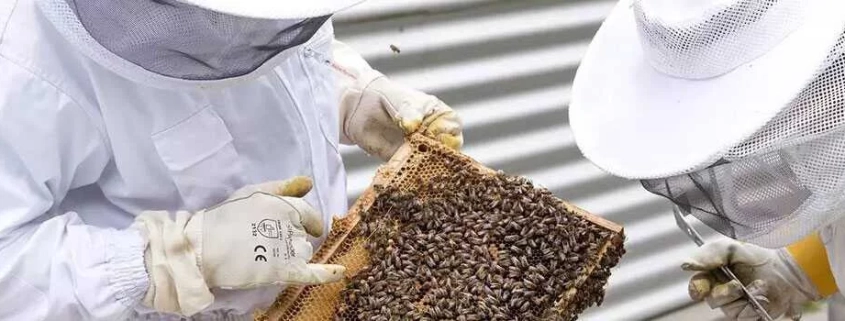Dry ice and Covid-19 vaccines
New Covid-19 vaccines
After the flu mask, hygiene measures and various containment measures, new Covid-19 vaccines It includes the variety of tools necessary to combat the pandemic. By the end of 2020, after months of development and clinical trials, several vaccines are being approved or are already in use by various national health authorities around the world.
Different Covid-19 vaccine technologies will be available, but some of the first vaccine solutions, including solutions such as the Pfizer-BioNTech vaccine based on Messenger RNA (mRNA), have a common challenge: maintaining storage temperatures. Indeed, to maintain their effectiveness against the virus, some of the vaccines produced to date must be stored down to -70°C or even -80°C. It requires an ultra-low storage temperature.
dry ice cold chain
To maintain the effectiveness of the vaccine To maintain storage at a temperature of -70 °C is a real logistical challenge for manufacturers, carriers and healthcare professionals. This temperature restriction poses a challenge for the organization of mass vaccination policies: vaccination centres, storage centres, hospitals, pharmacies or medical offices. cold chain of the vaccine must be able to protect.
Unlike conventional vaccines, which require a storage temperature as low as -4°C, Covid-19 vaccine serum cannot be stored in medical freezers or conventional refrigerated transport. When faced with this constraint, various solutions are applied: cryogenic units, ultra-cold freezers, transport under nitrogen or kuru buz . Among these solutions, most specialist refrigeration carriers prefer dry ice to guarantee the cold chain throughout the shipment of Covid-19 vaccines.
of dry ice ease of production and its ability to adapt to many environments make this technique particularly effective for storing vaccines. It is also a commonly used technique for storing meal trays in aviation.
Dry ice hazard: CO2
What is dry ice?
Dry ice is simply carbon dioxide (CO2) is the solid state. It is made by compressing CO2 at very low temperature to produce blocks of dry ice or small sticks or granules.
The temperature of dry ice is -78.5ºC . It therefore makes it possible to produce cold very quickly and participate in the maintenance of the cold chain. It is used in various fields such as dry ice cleaning, food and pharmaceutical freezing, IT, chemicals, funeral homes, dermatology, winemaking, fire fighting equipment, refrigerated transportation or even pest control.
CO2 risk in vaccine cold chain
Dry ice, especially in the cold chain of Covid-19 vaccines cooling and protection feature Although it is popular for its reasons, it still carries some dangers.
First of all, dry ice is an extremely cold solid that can cause severe burns. It is a solid that sublimes above -78.5ºC and returns to the gas form carbon dioxide (CO2), a potentially dangerous gas when inhaled.
Colourless, odorless and invisible gaseous carbon dioxide, is a heavy gas that replaces oxygen and therefore a real one in closed spaces. creates a risk of anoxia.
Exposure to carbon dioxide from dry ice
When dry ice is used, carbon dioxide is released in gaseous form, the possibility of exposure of various persons to this gas. Contains . Packers, carriers, warehousers and healthcare system workers in the Codiv-19 vaccine distribution logistics chain are subject to a risk of exposure similar to the CO2 hazard in viticulture, for example.
Almost imperceptible to humans, CO2 gas released in a closed space replaces oxygen. One kilogram of dry ice produces approximately 500 liters of carbon dioxide gas. Depending on the configurations of equipment used to transport and store the Covid-19 vaccine, carbon dioxide concentrations available can have serious effects on the health of staff. Indeed, from a concentration of 1% in air, CO2 causes respiratory distress, at 3% heart rate and respiratory system disturbance, and above 5% unconsciousness which can lead to death. Therefore, the potential exposure of various workers in the dry ice cold chain of the Covid-19 vaccine can be assessed, for example, in ambient air by a portable CO2 detector. It means monitoring CO2 concentrations.
CO2 detector to secure the cold chain of COVID-19 vaccines
Beyond traditional personal protective equipment such as special gloves and safety glasses used when working with dry ice, the Covid-19 vaccine supply chain requires the use of CO2 detection equipment.
Taşınabilir CO2 dedektörü
Since the dry ice cold chain of the COVID-19 vaccine brings together many workers, the ideal safety solution is the use of a portable carbon dioxide detector. Equipment such as the iGas CO2 detector makes it easy and efficient to monitor carbon dioxide concentrations in ambient air. In the event of a dangerous CO2 concentration, the device will alert its user with a strong audible, visual and vibration alarm. Therefore, the provision of a portable detector will ensure the safety of transporters, warehouse workers, doctors, nurses or other people involved in the presence of dry ice.
Fixed CO2 detector
Use of dry ice to preserve the Covid-19 vaccine, Controlling CO2 risk It can also integrate fixed gas detectors for Connected to a gas control unit, a network of fixed detectors or an autonomous fixed CO2 detector, it will ensure the safety of workers in Covid-19 vaccine storage warehouses.
Additionally, the cold chain of the Covid-19 vaccine uses dry ice but also uses other cooling techniques to maintain a very low temperature. Especially in various refrigeration and ultra-cold equipment refrigerants participates in the sanitary logistics chain. Therefore, refrigerant gas leak detectors are essential for the safety and optimal operation of facilities, such as cold stores.
